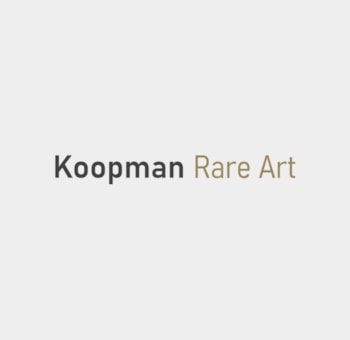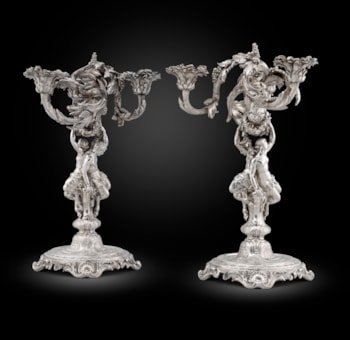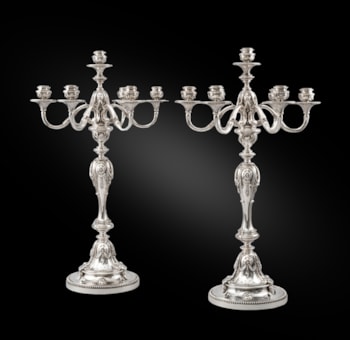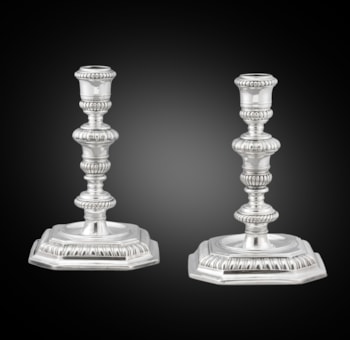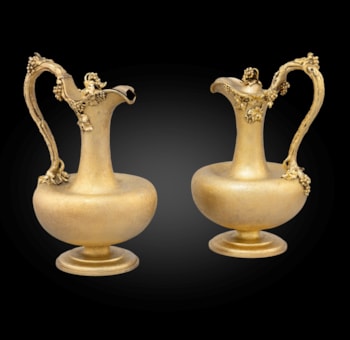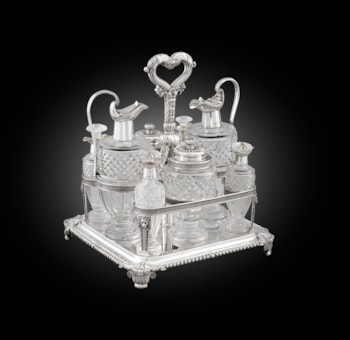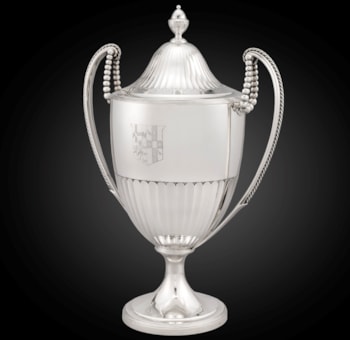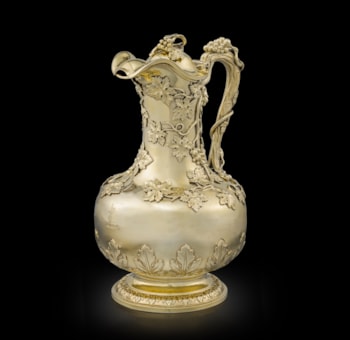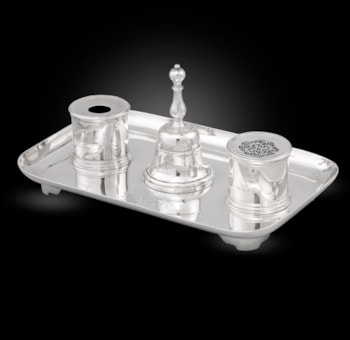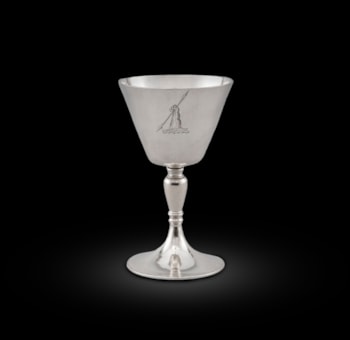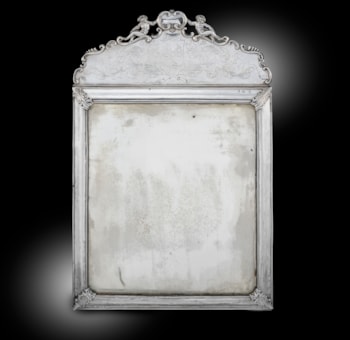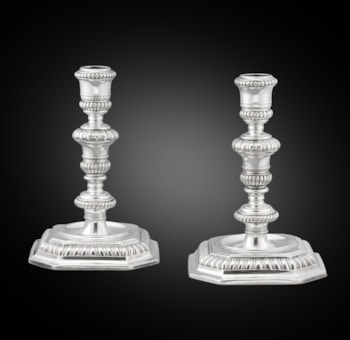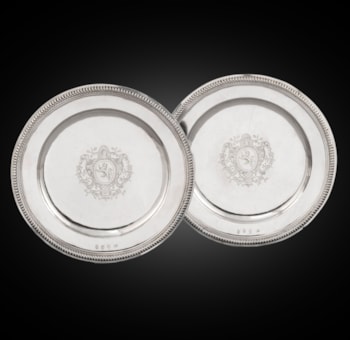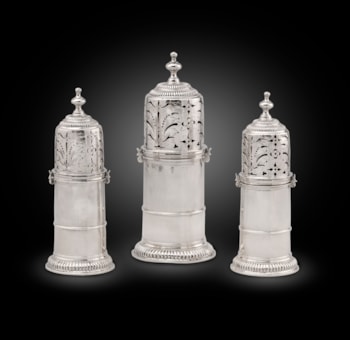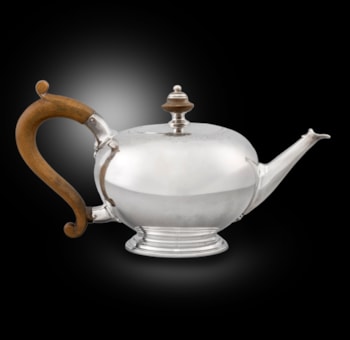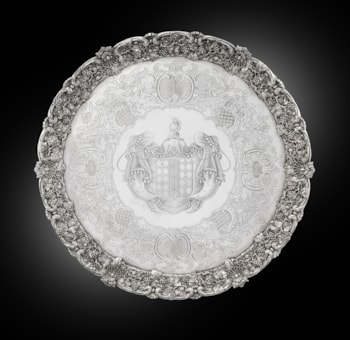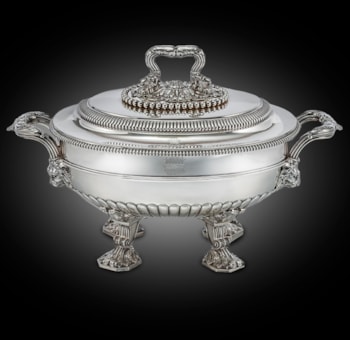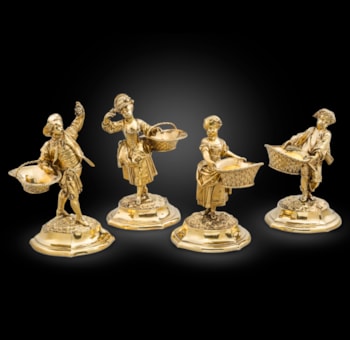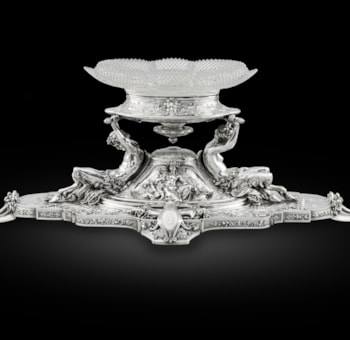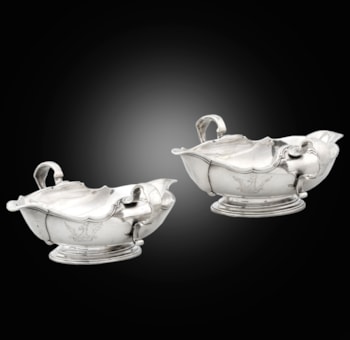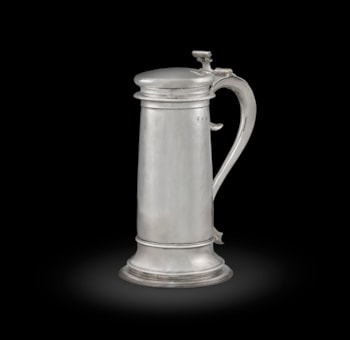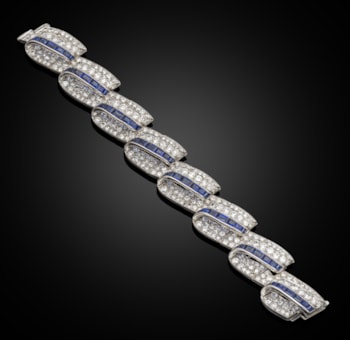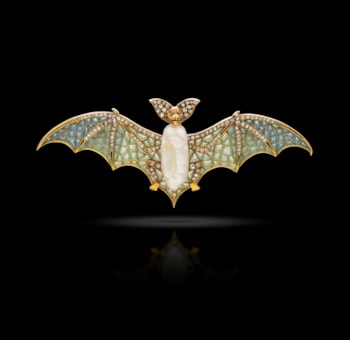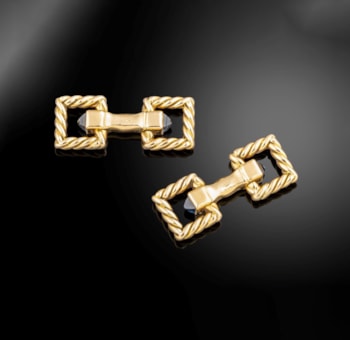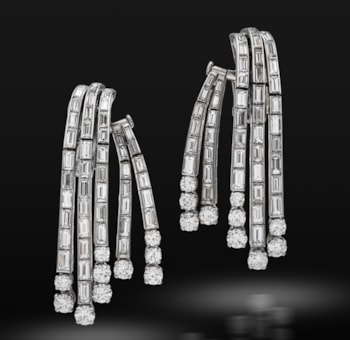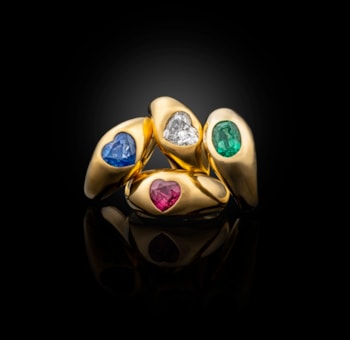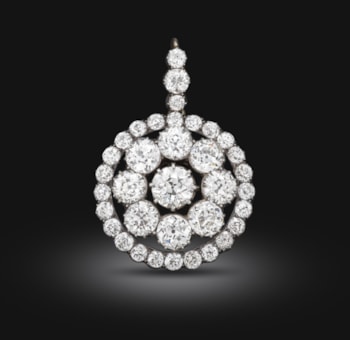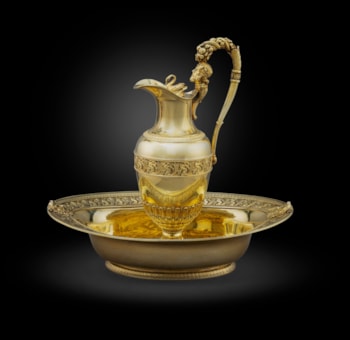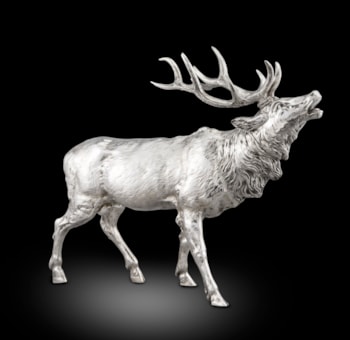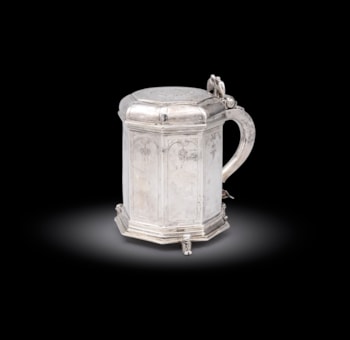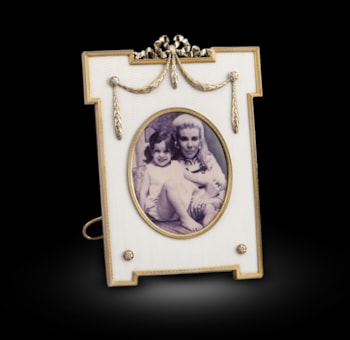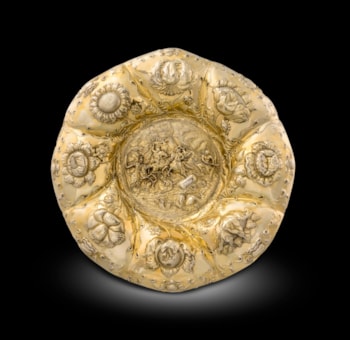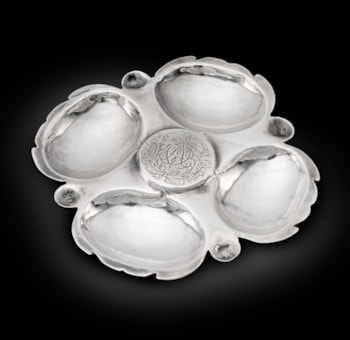Jacob Bodendick
( 1633 - 1681 )
Charles Oman (Caroline Silver, 1970, pp. 34-5) identified the mark of Jacob Bodendick and Eric J. G. Smith (Jacob Bodendick, The Silver Society Journal 13, 2001, pp. 66-80 and Jacob Bodendeich, The Silver Society Journal 14, 2002, pp. 109-122) has gone on to research the life and career of this silversmith in great detail. Bodendick was born in Lṻneburg in 1633 in what is now Germany and was apprenticed to Heinrich Fulman or Volman II in 1650 and became a freeman in 1654. Nothing is known of his early career but he was first mentioned in the English Calendar of State Papers in 1661. Initially he worked as a chaser and caster for William Mouse I whose daughter Susan he married in 1661 in the same year. Philippa Glanville (Alien Goldsmiths at the Court of Charles II, Grosvenor House Fair catalogue, 1993) described how skilled continental silversmiths such as Bodendick would have been welcome in Restoration London: “The court plate made in the 1660s and 1670s is typically mannerist, theatrical in effect, richly decorated and delighting in complex details. It demanded a degree of technical skill and awareness of contemporary ornament which drove the royal goldsmiths to depend on foreigners, craftsmen trained in Flanders, Germany and Switzerland”. By 1664 Bodendick had won the right to have his plate assayed and became a Freeman of the City of London and free of the Goldsmiths’ Company by denization in 1673. He established his own workshop in St. Martin-le-Grand in 1678 which employed a number of workers. Work bearing his mark extends over a wide range of objects including: sleeve cups, tankards, candlesticks, communion cups and patens, porringers, toilet sets and maces. He died in 1681 and was buried at the church of St. Ann and St. Agnes.








